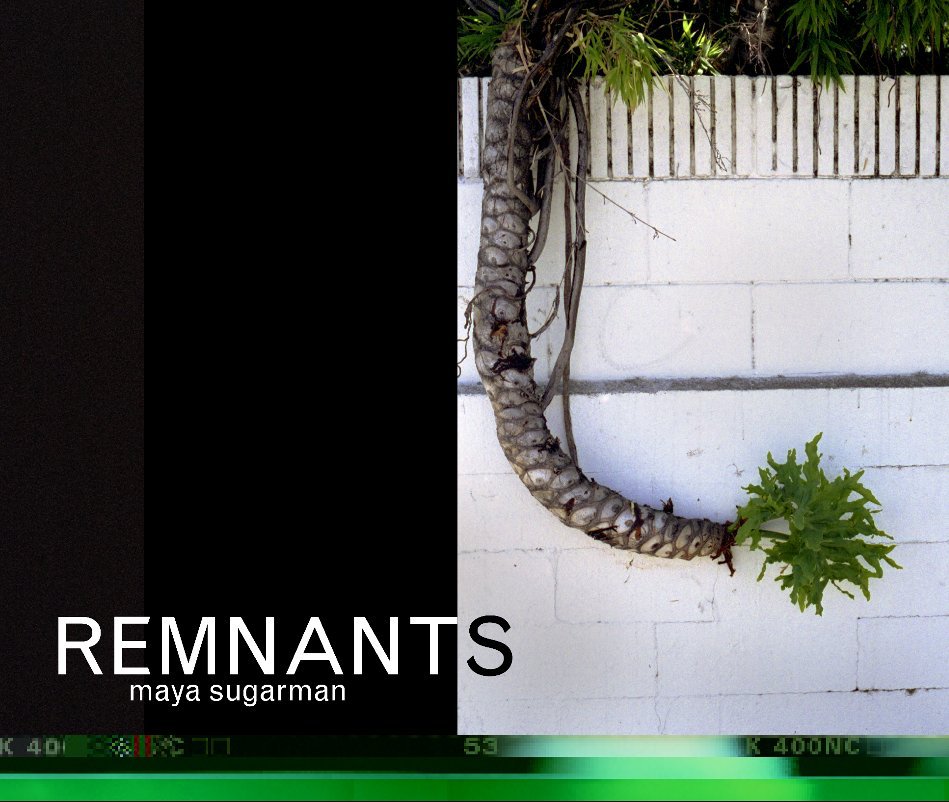Informazioni sul libro
Remnants are the small remainders of a core that no longer exists. These remaining objects can be understood as psychological and sociological magnifications of humans, presenting a relationship between human behavior and interaction, and the tangible, real world.
The formal juxtaposition of images depicting storefronts, urban and rural landscapes, and reduced figures created by light is a representation of human interaction on both a global and individual scale.
This book is a part of my ever-changing understanding of photography and the world around me. It is an extension to another project I completed in spring 2007, in which I created an 80-page book titled, “Out of History,” of my accumulated photographic work since fall 2005.
Previously depicted in my 2007 work, I focused on the future of our world, and future realities that we will face as a result of our past and our present choices. Since coming to UCLA, these have evolved into more specific, intimate psychological and sociological questions.
Human interaction changes the state of an object or setting. These empty, vacant scenes – although lacking literal images of humans – are the most honest, thought-provoking portraits of human behavior and interaction. Objects in their current state and orientation are signs of the ways in which humans have interacted with them, and a parallel to the ways in which we interact with each other.
The formal juxtaposition of images depicting storefronts, urban and rural landscapes, and reduced figures created by light is a representation of human interaction on both a global and individual scale.
This book is a part of my ever-changing understanding of photography and the world around me. It is an extension to another project I completed in spring 2007, in which I created an 80-page book titled, “Out of History,” of my accumulated photographic work since fall 2005.
Previously depicted in my 2007 work, I focused on the future of our world, and future realities that we will face as a result of our past and our present choices. Since coming to UCLA, these have evolved into more specific, intimate psychological and sociological questions.
Human interaction changes the state of an object or setting. These empty, vacant scenes – although lacking literal images of humans – are the most honest, thought-provoking portraits of human behavior and interaction. Objects in their current state and orientation are signs of the ways in which humans have interacted with them, and a parallel to the ways in which we interact with each other.
Funzionalità e dettagli
-
Formato del progetto: Formato orizzontale grande, 33×28 cm
N° di pagine: 40 - Data di pubblicazione: mar 12, 2009
Mostra di più
Informazioni sull'autore
Maya Sugarman
Los Angeles, California
Maya Sugarman is a third-year fine art student at UCLA. She also is the photo editor for UCLA's Daily Bruin. Originally from Oakland and attending a high school in San Francisco, her work focuses on the urban landscape and the psychology of the city.

